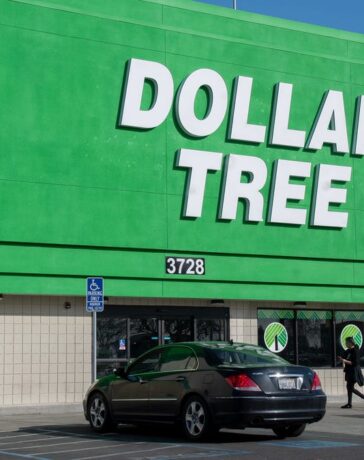A think-tank is calling on the next government to deliver “high quality public investments to crowd in private sector funds” ahead of the UK general election.
Of the G7 group of economies, the UK has had the lowest business investment for three years running, according to analysis by the Institute for Public Policy Research.
But both the Conservative and Labour parties plan to further reduce public investment over the next parliamentary term, the think-tank says, echoing earlier analysis from the Institute for Fiscal Studies.
Public sector net investment is set to decrease to £53.1bn in 2028–29 from £66.6bn in 2024–25, according to the Office for Budget Responsibility’s economic and fiscal outlook, published in March.
The Labour party has pledged an extra £4.7bn a year under its Green Prosperity Plan, although both IPPR and the IFS note that the additional investment would not be enough to offset cuts pencilled in by the current government.
In numbers: Labour’s Green Prosperity Plan
|
Funding (annual average) |
£bn |
Policies funded (annual average) |
£bn |
|
Windfall tax on oil and gas giants |
1.2 |
Great British Energy |
1.7 |
|
National Wealth Fund |
1.5 |
||
|
British Jobs Bonus |
0.3 |
||
|
Warm Homes Plan |
1.1 |
||
|
Barnett consequentials |
0.2 |
||
|
Total |
1.2 |
Total including Barnett consequentials |
4.7 |
|
Borrowing to invest within fiscal rules |
3.5 |
||
|
Source: Labour manifesto |
|||
As part of its Green Prosperity Plan, and acknowledging that investment in the UK is “too low”, Labour has pledged to establish a national wealth fund of £7.3bn during the next parliament, with a remit to support its growth and clean energy objectives.




















